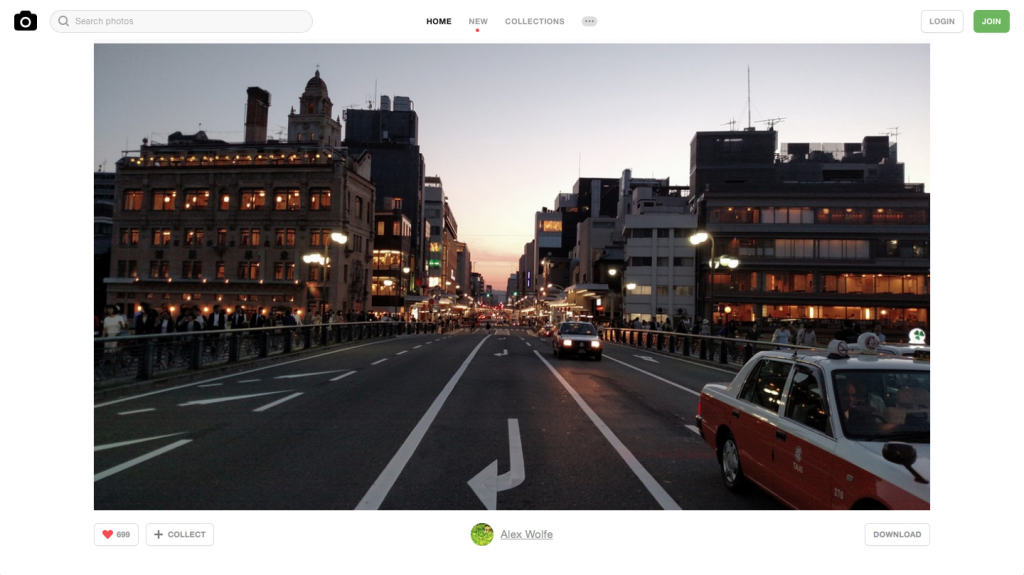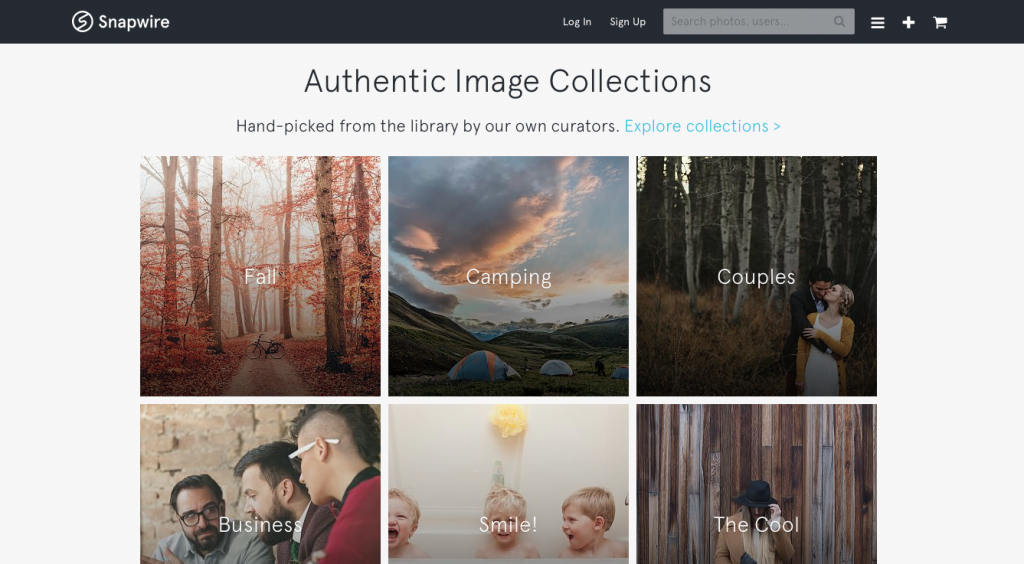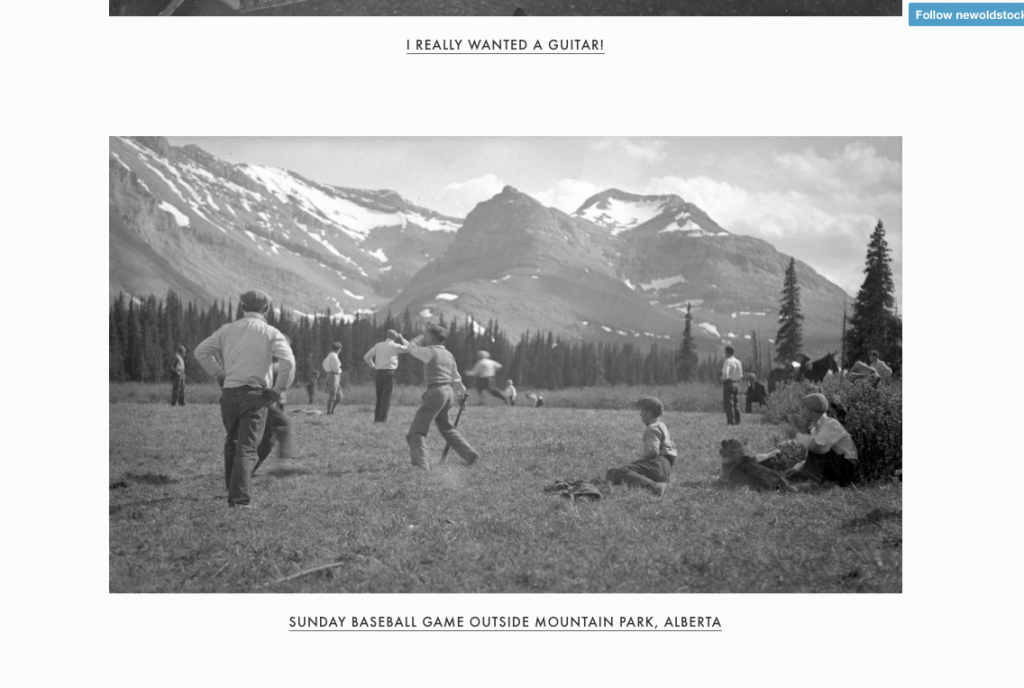You’ve probably noticed that over the last few years, there’s been a serious reduction in the volume of terrible stock photography.
You know the ones we’re talking about…
[caption id="attachment_6994" align="aligncenter" width="625"] Doesn’t this look natural?[/caption]
The truth is, the stock photography hasn’t actually gone anywhere – what’s changed is how brands and websites are using it.
Today, we’re going to look at the rise of what we’re calling new stock imagery, and how you can make use of it, while keeping your site up to the latest web standards.
Doesn’t this look natural?[/caption]
The truth is, the stock photography hasn’t actually gone anywhere – what’s changed is how brands and websites are using it.
Today, we’re going to look at the rise of what we’re calling new stock imagery, and how you can make use of it, while keeping your site up to the latest web standards.
What happened to all the terrible stock images?
As we mentioned, you likely remember those awful images that were unavoidable across the web only a short while ago. The ones that were always two business guys shaking hands, or a rainbow circle of images all pointing to a stick man in the middle? Seriously, what does that even mean?
Here’s one more to refresh your memory:

Anyways, over the years these have faded, but two things really sank this corporate mumbo jumbo:
- Enormous increase in the availability of quality photography
- The increasing visual internet
Amazing pictures, free forever
Back in the day, brands and companies had two options to get high quality images. They could simply take their own – commission a photoshoot, hire a photographer, get a creative agency to provide direction and edit the photos afterwards. That was one option. However, as you might guess, this was… rather expensive.
What’s more, the result of a shoot might only be 8-10 usable shots. In the age of social media, blog posts, and image-driven web design, 10 images doesn't get you very far!
The second option was to cobble together a photo library. Using stock image sites full of tacky business-y photos, this provided the breadth of photography needed but failed to provide an experience that was unique to the brand.
Of course, where there’s a problem, there’s bound to be a plucky tech startup offering the solution.
In this case, the story revolves around Flickr. Created in 2004 and cunningly purchased by Yahoo! in 2005, today Flickr is an enormous repository of photos that companies can use. With users allowed to copyright their photos depending on how (and who) can use them, it’s easy for brands to quickly filter through and grab what they need without violating copyright rules. Oftentimes, all that’s needed is an attribution to the original photography.
And while
Yahoo seems to have guaranteed a slow death for Flickr through lack of support and development, seeing what Flickr has morphed into has spawned a plethora of free photo providers.
Some, like
Unsplash, are simply beautiful photos uploaded to the internet.

Unsplash
Others, like Snapwire, offer themed collections of photos for free with payment optional for more features and services (freemium).
 Snapwire
Snapwire
Finally, some services like New Old Stock just compile photos from around the internet around a central idea, so if you’re searching for a specific look, you can go to one URL rather than trawl through photo boards for hours.
 The point is that no matter what your brand look and feel, there is suddenly a massive amount of beautiful, easy to access photography available for free, at your fingertips.
It’s worth noting as well that video is going the same way. Coverr offers free hero videos for websites.
The point is that no matter what your brand look and feel, there is suddenly a massive amount of beautiful, easy to access photography available for free, at your fingertips.
It’s worth noting as well that video is going the same way. Coverr offers free hero videos for websites.
 And that’s the first reason why stock images have gotten lot better: supply. There’s just more cool stuff out there.
Which brings us to the second reason: demand.
With so much visual content online like feature videos, product videos, explainers, memes, Instagram, Snapchat, infographics, card design, and Pinterest, the fact is that there’s huge demand for visuals to support it all.
Even the humble blog post, the linchpin to many a content strategy, relies on images as often as not.
With so much content being created and consumed, companies are struggling to keep pace with their content creation. Stock photography is a requirement for companies and enterprises of all sizes, which means there’s been a huge expansion of products and services that offer it.
What’s more, these stock images can get incredibly niche. For instance, Placeit is a stock image company that only sells pictures with a placeholder where you can drop in screenshots of your app. For example, you might have a cooking app and want to put it in the context of a kitchen.
There’s a stock image for that.
And that’s the first reason why stock images have gotten lot better: supply. There’s just more cool stuff out there.
Which brings us to the second reason: demand.
With so much visual content online like feature videos, product videos, explainers, memes, Instagram, Snapchat, infographics, card design, and Pinterest, the fact is that there’s huge demand for visuals to support it all.
Even the humble blog post, the linchpin to many a content strategy, relies on images as often as not.
With so much content being created and consumed, companies are struggling to keep pace with their content creation. Stock photography is a requirement for companies and enterprises of all sizes, which means there’s been a huge expansion of products and services that offer it.
What’s more, these stock images can get incredibly niche. For instance, Placeit is a stock image company that only sells pictures with a placeholder where you can drop in screenshots of your app. For example, you might have a cooking app and want to put it in the context of a kitchen.
There’s a stock image for that.
Takeaway
It’s no secret that the internet has become much more visual. And there’s been a significant improvement in how companies deal with stock photography — and how much they’re willing to pay for it.
The result has been an explosion of high quality, readily accessible, and in many cases
free stock images. Now, everyone from Joe’s Tools to Home Depot can use beautiful stock images to enhance and improve their websites, landing pages, apps, and content.
Stock photography didn’t disappear — it just got so good, you don’t even notice it anymore.
Have you got a web design trend you want us to cover? Let us know in the comments below! 